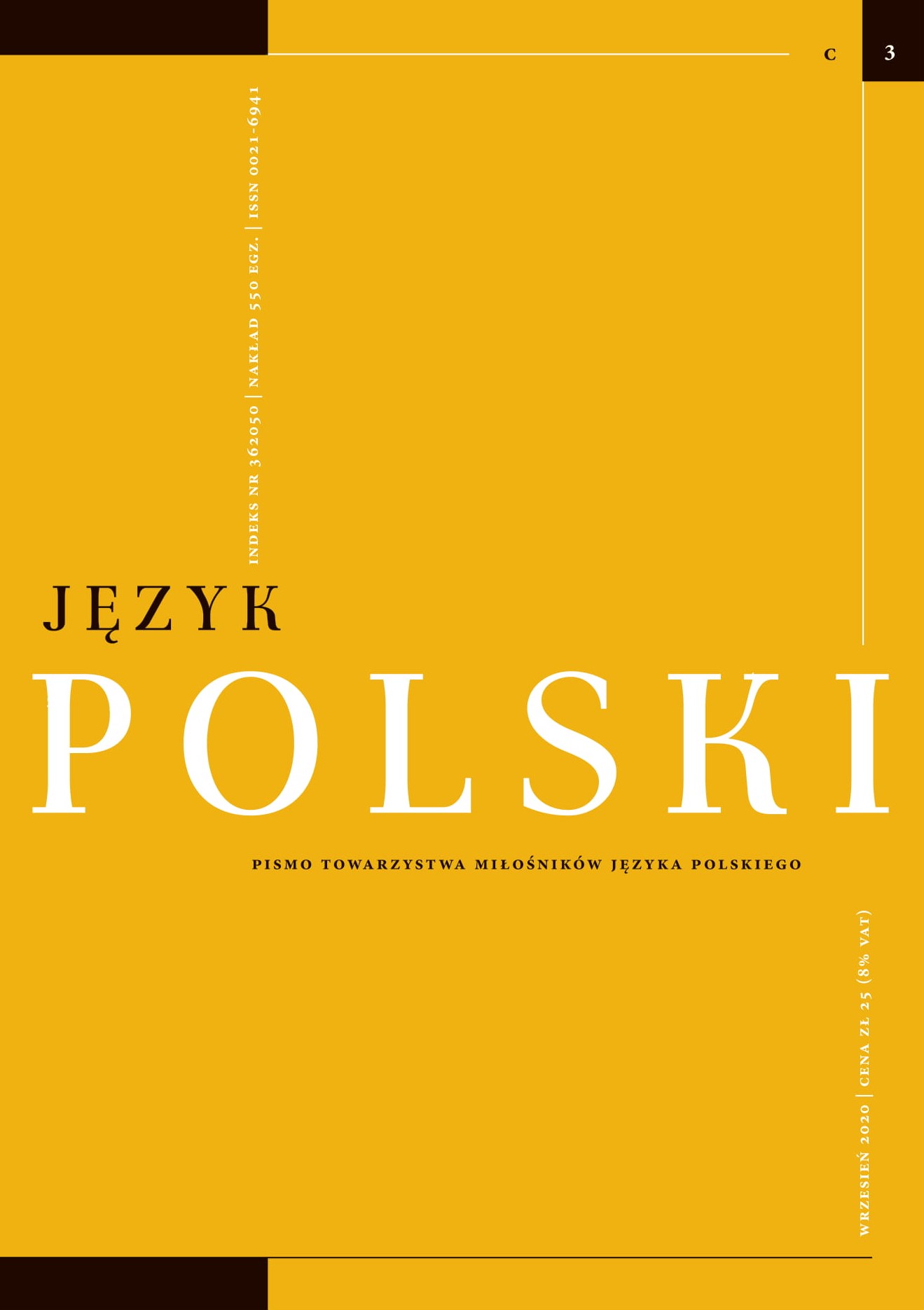Kłopotliwe kwalifikatory chronologiczne w słownikach języka polskiego
The troublesome chronological status labels in the dictionaries of the Polish language
Author(s): Agnieszka PielaSubject(s): Theoretical Linguistics, Applied Linguistics
Published by: Towarzystwo Miłośników Języka Polskiego
Keywords: lexicography; dictionary; lexicographical status label; chronology; diachronic and synchronic linguistics
Summary/Abstract: The subject of the article constitutes a survey of the techniques of labelling the lexical resources which are chronologically marked in early and contemporary general-purpose and phraseological dictionaries (dictionaries of collocations) of the Polish language. Despite a tradition which spans some centuries (starting from the 17th century), the system of the chronological labelling of language units is quite inconsistent. Lexica feature various types of indication of archaic/anachronic nature of words and lexical combinations, cf. inter alia non-literal status labels (*), literal status labels (which appear in an abbreviated form, e.g.: arch., daw., przestarz., histor., rec. or in a non-abbreviated form, e.g.: dawny, wychodzący z użycia), information about the antiquity of words contained in the definitions of headwords (e.g.: w dawnej Polsce [in early Poland], w starożytności [in antiquity]). The chronological marking of words is also indicated by other status labels, i.e. the frequency-related label (rzad.) and the style and usage labels (książk., podn.). The article demonstrates the fundamental problems associated with the evaluation of the extent of the currency of dictionary units.
Journal: Język Polski
- Issue Year: 2020
- Issue No: 3
- Page Range: 58-72
- Page Count: 15
- Language: Polish

